If you think candy is just for kids, then Jami Curl has two words for you: Rosé Lollipops. The owner of small batch candy brand QUIN is about to release her first cookbook and it’s full of real ingredients and elevated treats that will make you think twice before settling for jelly beans this Easter.
Read on to elevate your gifting game with a wine-infused lollipop recipe from “Candy is Magic.” Jami’s instructions are so straightforward you really can try this at home.
Rosé Lollipops
(MAKES ABOUT SIXTY 1½-INCH LOLLIPOPS)
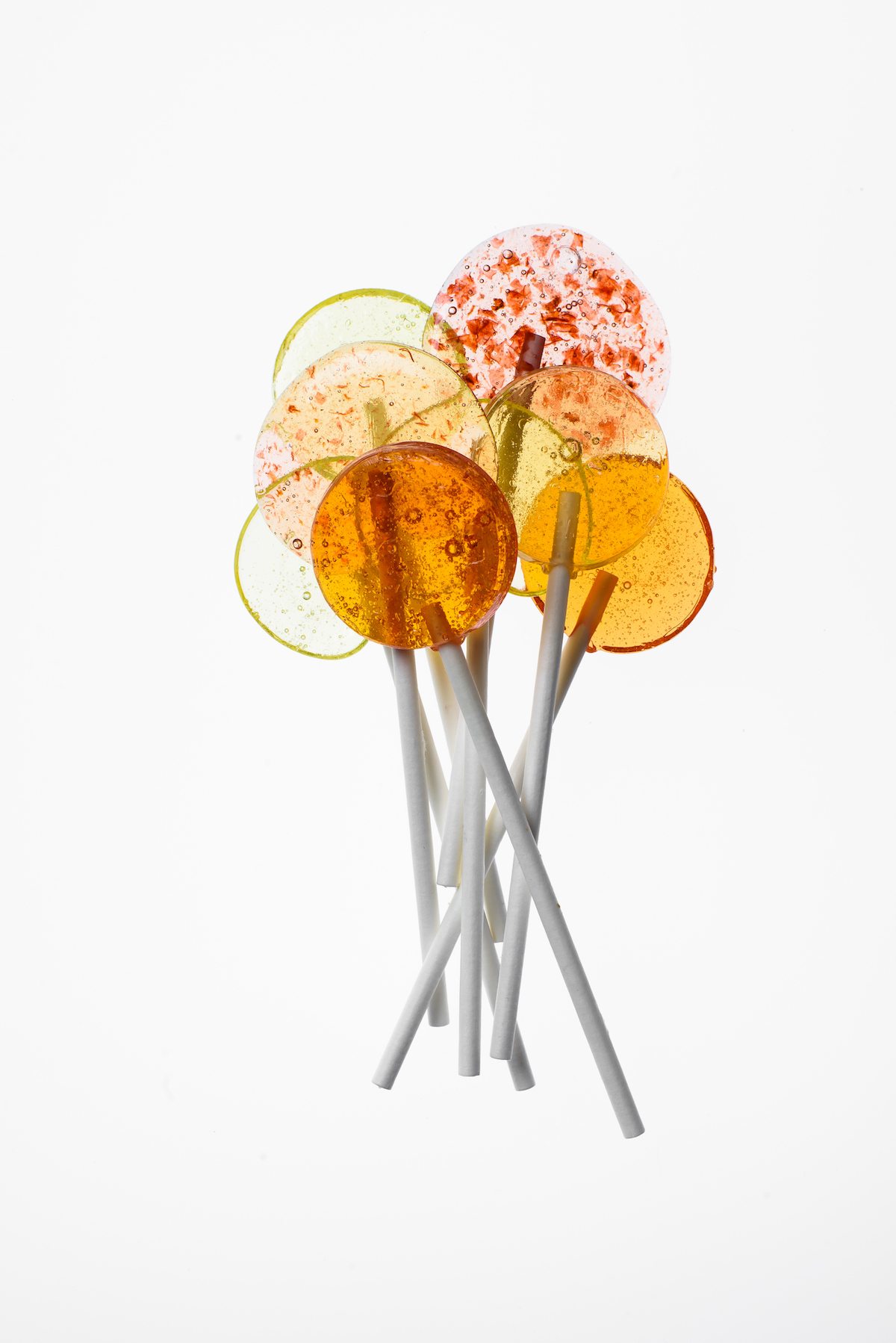
Finally! A lollipop made with everyone’s favorite summer treat: Rosé. QUIN’s rosé candies all start with Union Wine Company’s rosé, which is very lively and quite fruity. Because the wine has notes of strawberry and watermelon in it, Jami wanted to create a candy that highlighted those flavors while also tasting of pure summer.
Tip: When making the wine reduction, select a rosé that’s sweet with major fruit notes and everything else will fall in line.
Ingredients:
267 grams glucose syrup
400 grams granulated sugar
100 grams rosé reduction (see recipe below)
15 grams apple cider vinegar
4 grams instant yeast
3 grams natural strawberry flavoring
2 grams natural pineapple flavoring
1 gram citric acid
Preparing a lollipop station:
This recipe was written with a 1½-inch round lollipop mold in mind. If you’d rather not use a mold, you can always make beautiful lollipops by arranging lollipop sticks on a nonstick mat and pouring the hot candy over one end of them.
To do this, Jami recommends creating a lollipop template. Most nonstick mats are nearly see-through, which means you can slide the template under the mat and use it as a visual target for exactly how big to make your lollipops. Using a marker and pieces of butcher paper or parchment paper, draw 1½-inch circles all over the paper, spacing them about 2 inches apart. Place the template under the nonstick mat and then place the lollipop sticks partway into each lollipop target on the template. Now you have a place to aim the hot candy that’s coming out of the funnel or cup.
Cooking and pouring the candy:
Weigh the glucose syrup, sugar and wine reduction directly into a heavy-bottomed pot, then set the pot over medium-high heat and bring the lollipop syrup to a boil. Once the syrup is boiling, swirl the pot often to make sure the sugar is cooking evenly. At first the syrup will bubble fast and light. Then it starts to slow down and the bubbles get a bit slower and thicker. This means the syrup is nearly ready.
Test the temperature of the syrup, as soon as it reaches 315°F remove the pot from the heat. To do this, give the pot a single swirl, then stick the thermometer in the center of the pot without touching the bottom. In a few seconds the thermometer will give you a temperature reading. Repeat this action as the candy is cooking — eventually arriving at the correct temperature. Between temp tests, give the sensor a wipe with a damp towel to remove any hardened candy that could interfere with accurate readings.
Give the candy syrup a good stir, then add the vinegar, yeast, both flavorings and citric acid. Whisk together the contents of the pot until the candy no longer looks foamy and any active bubbling has stopped.
Using great care, immediately pour the syrup into a candy funnel or spouted cup and pour the lollipops. Always pour a little less candy than you think you should, as the candy will expand as it settles. (If you’ve ever made pancakes, you kind of know how this goes.)
To pour with a funnel: First, check to make sure the stopper is blocking the hole in the bottom of the funnel. Then carefully fill the funnel with hot candy. With the opening of the funnel very close to the mold cavity or mat target, slowly lift the stopper to allow the hot candy to flow through. Start slowly and maintain a slow and steady hand, closing the stopper before you think you should. If you’ve made a lollipop that’s too small, you can always add a little more candy. But making a huge lollipop smaller? Downright impossible. Repeat this process until you’ve used all of the candy.
To pour with a spouted cup: Carefully fill the cup with hot candy. Tip the spout toward the mold cavity or mat target to fill it, tipping the cup back before the cavity or target is completely full. Repeat this process until you’ve used all of the candy.
Let the lollipops sit for about 30 minutes, until completely cool and hard. They are now ready for wrapping.
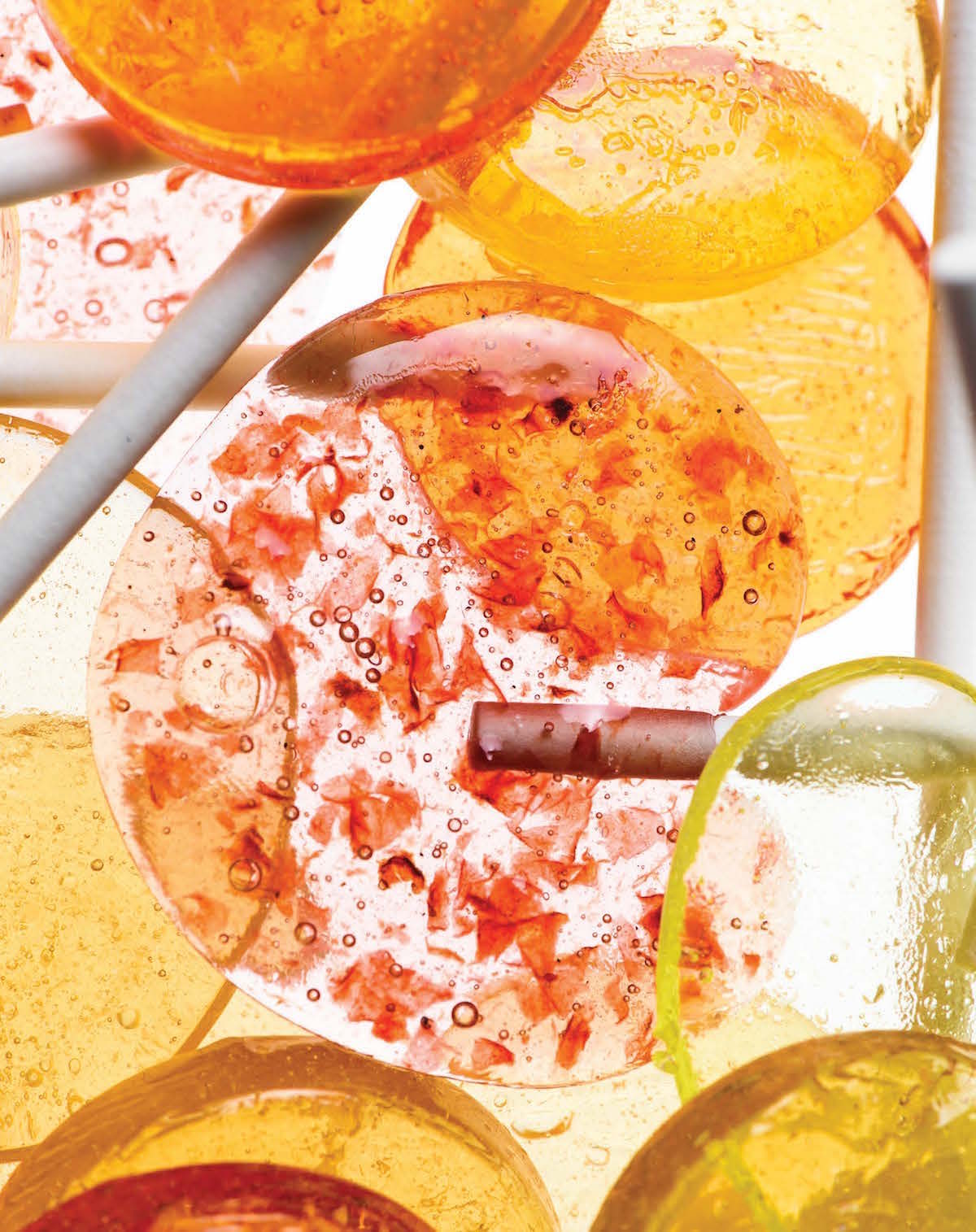
Wine Reduction
(PINOT NOIR, PINOT GRIS, OR ROSÉ)
MAKES ABOUT 375 ML (12 FLUID OUNCES)
Ingredients:
1 (750-ml) bottle very drinkable red, white or rosé wine
Jami recommends starting with wines that are a little on the sweet side. She collaborated with fellow Oregon brand Union Wine Co. while developing these recipes and chose to use their Underwood wines but you can pick any reasonably priced drinkable red, white, or rosé you like. Just be sure that you like to drink it.
Pour the wine into a nonreactive saucepan set over medium heat. Bring the wine to a simmer and allow it to bubble nicely (without boiling over) until it has reduced to a thickish syrup of about 1½ cups. In other words, reduce the wine by half. This should take 15 to 20 minutes. Remove the pan from the heat and let cool.
The reduction is now ready to use, or transfer it to an airtight container and refrigerate. It will keep almost indefinitely, but try to use it up within six weeks.
For the perfect Easter surprise or hostess gift, Jami recommends tying a handful of your homemade lollipops into a “lollipop bouquet” and pairing them with a bottle of the wine you used to make your candy.
You’ll find more lollipop ideas and over 200 other recipes in Jami’s new cookbook “Candy Is Magic: Real Ingredients, Modern Recipes,” which is now available for pre-order and will release on April 18th.
Images via Maggie Kirkland

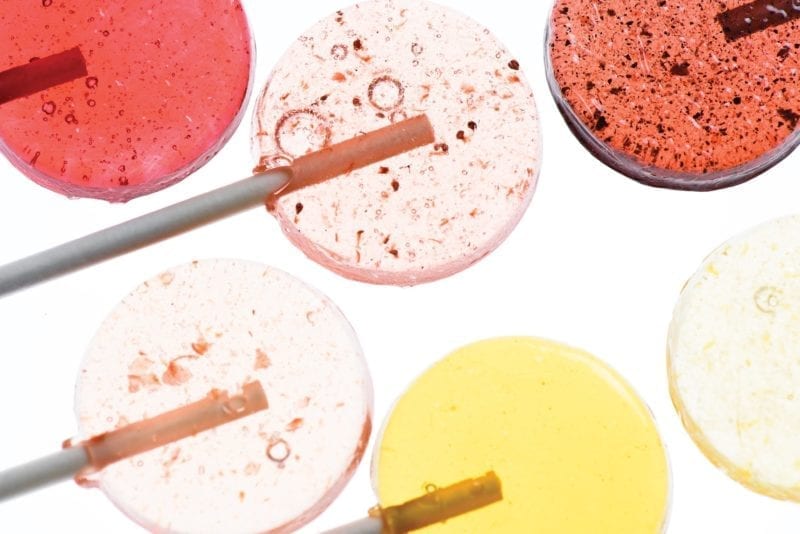


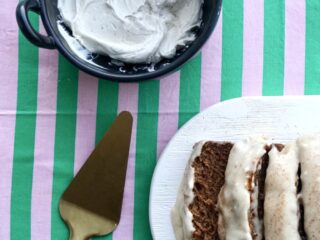
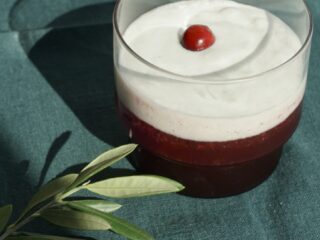

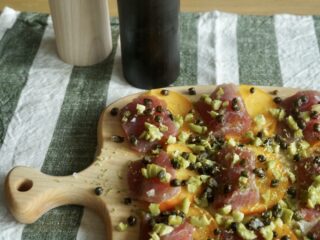
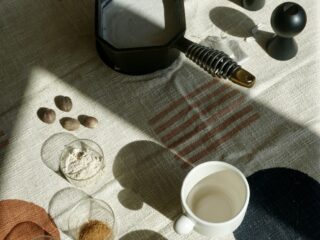
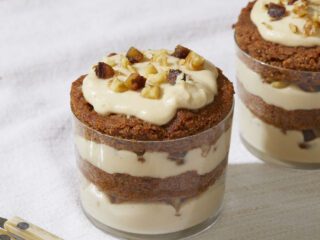
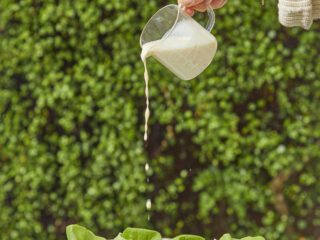
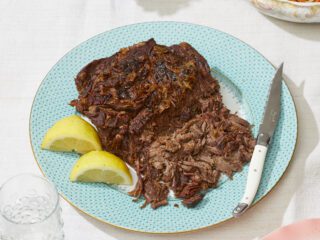
2 comments
Would love to know how to find a deep sucker mold. Can only find shallow ones that don’t allow the stick to be covered by candy.
These are adorable, and great for the whole nostalgic feeling! Haven’t had a lollipop myself for so long.
Charmaine Ng | Architecture & Lifestyle Blog
http://charmainenyw.com